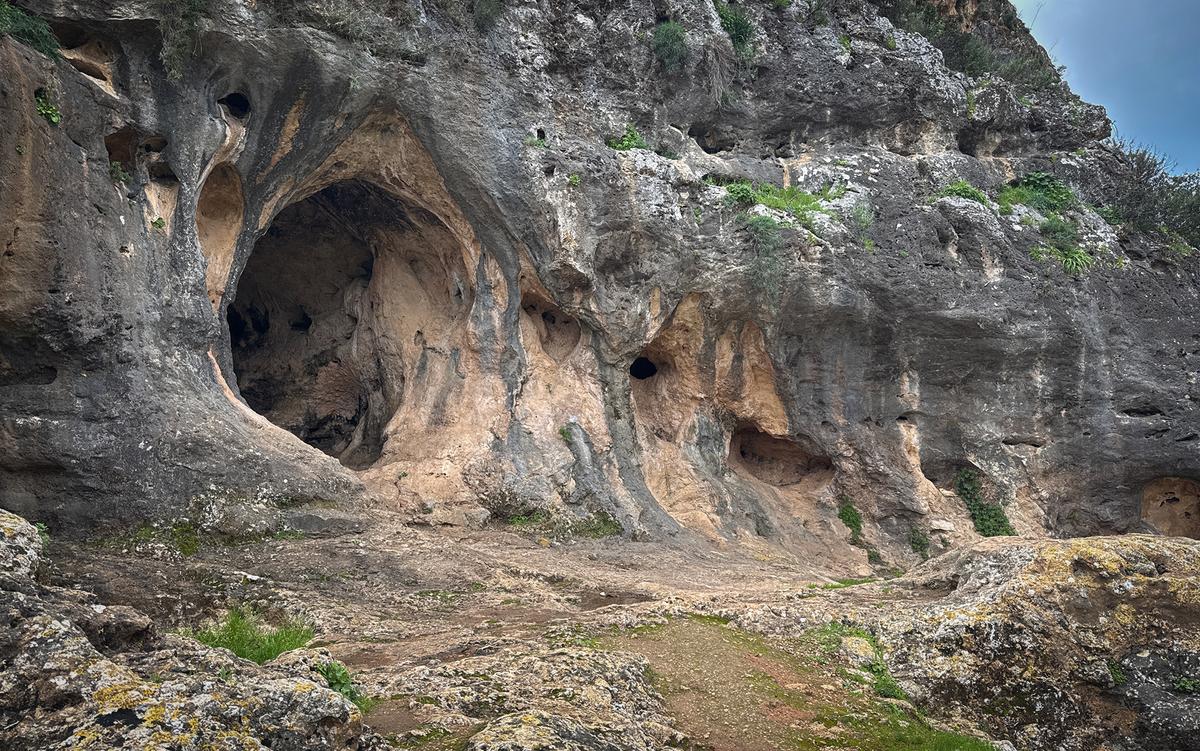Page created: 2025-05-20
I tried the Website Carbon Calculator on ratfactor.com and was pleased with my A+ carbon rating.
Only 0.02 g of CO2 is produced every time someone visits this web page.
Over a year, with 3,000 monthly page views, ratfactor.com produces…0.67kg of CO2 equivalent. As much CO2 as boiling water for 91 cups of tea.
My favorite part is:
This web page emits the amount of carbon that 1 tree absorbs in a year.
What a wonderful thought. So now I’m imagining there’s a tree out there, maybe even the one I can see out my front window, my tree, which has been given the task of offsetting the carbon produced by this website.

A small-ish tree like the one out my window might absorb up to 10kg of carbon in a year.
I currently get about 3,000 monthly page views. Some pages are heavier than my home page, but most are lighter. I’d say the average is about right. The vast majority of the site, especially the high-traffic parts, are static, so there’s no additional processing lurking behind the scenes.
Here’s the methodology the Website Carbon Calculator uses:
I thought it was interesting that the energy usage of visiting a website is estimated to be 22% data centers, 24% networks, and 54% user devices. Those are averages. Obviously, the exact amount for any given page will depend on a lot of factors!
And if you’re wondering, like I was, if the calculations take into account the energy of manufacturing all of those electronics as well as running them: The answer is yes. (The terms are "embodied" versus "operational".)
So it turns out the tree outside is, if anything actually overkill. So this website is probably the highest value thing I do with one of the lowest environmental impacts. Nice.
It would be fun to plant a tree and start a website at the same time and as the website visitors grow, the tree will also grow and absorb all that carbon.

If you’re planning to have a big website, you might need to plant a grove instead. Or a forest.
A study published in Nature in 2015, called "Mapping tree density at a global scale" estimated that there were about 3 trillion trees.
That’s a fair number of web page views. (Though I supose we humans will do a few things other than view web pages with all that carbon? Like boiling water for 91 cups of tea.)
It’s possible to run a nearly zero tree website, such as Low Tech Magazine:
Comparisons are really, really hard.
For example, I’m using a shared host. So ratfactor.com shares electricity and bandwidth with other virtual machines. A shared resource is good. On the other hand, how many of my virtual neighbors are using their shared power as efficiently as I am? For all I know, the rest of them are cooking the rack with crypto currency mining.
But the "embodied" part of the equation, the power and resources that went into creating the electronics in the first place, that’s where it gets really, really hard to figure out the "best" way to use technology.
It’s similar to the challenge of figuring out whether or not running old computer hardware is good or bad for the environment: On one hand, you’re avoiding the manufacture of new hardware and the proliferation of e-waste; but on the other hand, new hardware can be way more energy efficient.
Easy: If you’re thinking about replacing your Intel 386 desktop computer from 1985 at 0.78 Watts per MIPS (million instructions per second) with a 2018 Intel Core i9 at 0.00023 Watts per MIPS, go for it!
But from my experience, somewhere around the year 2010 or so, it’s almost impossible to say if you should ditch the Celeron for an ARM or some other trade. It is probably less wasteful to keep running a Linux distro or a BSD on that "old" computer.

Back to the subject of trees, is reading an e-book a more efficient and sustainable use of the world’s resources than a book printed on wood pulp paper? Is a website more efficient than a paper magazine? How do we measure a tree being sacrificed to become a shelf of books versus a tree living to support a website? Since I love both paper books and websites, I am thankful for the trees in either case.
Small personal websites are very much thriving. I find it pleasant to think that visiting one costs little more than a breeze in the leaves. Go forth and surf!
Drawings done in Krita on a Wacom drawing tablet.
.png)


